In running, a pace zone is a range of time, usually measured in minutes per mile or minutes per kilometer, designated as a target running pace. Many runners work to run within a specific pace zone each day to optimize their training program, and that zone changes depending on the type and intensity of the workout.
At Vimazi, we build our shoes to respond correctly to the forces inherent within each pace zone. Each model has been tuned to respond optimally to the impact and propulsion forces produced within that pace zone. (Outside their designated pace zone, our shoes run like any other shoe.)
As an aside, the forces in running are primarily generated by pace, but weight also plays a role. To address this for our pace-tuned shoes, we estimate weight ranges based on gender, shoe size, and running speed. Since the forces change more dramatically at faster paces, the pace zones at faster end of the running spectrum are narrower than the pace zones for models tuned to slower paces.
For Vimazi, a pace zone is the ideal pace range for one of our shoe models. Let’s use the Vimazi Z60 as an example. The Z60 performs best between 8:30-10:30 min/mile (5:15-6:30 min/km). We’ve tuned the heel area of the midsole so it responds correctly to the forces you generate in that pace range. What does that mean? If you’re running within that pace zone, the heel FastPod™ is tuned to optimize cushioning for you. It’s not so soft that you’re unstable and bottoming out, and it’s not so hard as to strain your joints and soft tissues. If you ran 5:00 min/mile in the Z60, it would act like other shoes on the market and would be too soft to give you efficient, Goldilocks cushioning. If you ran 13 min/mile, it wouldn’t maximize your cushioning. We think you probably want your cushioning to be exactly right.
Similarly, the forefoot FastPod in the Z60 is tuned to maximize your propulsion efficiency within its pace zone — 8:30-10:30 min/mile. How does propulsion efficiency work? If your midsole is too soft for the propulsion forces you generate at the pace you’re running, you’ll compress it and get nothing back. Kind of like running in sand. And that’s what you get with most shoes today. Here's a better way. During the push off phase of your stride, the Z60 forefoot FastPod compresses — but doesn't bottom out — then quickly rebounds back into place. This is the only way to get the most efficiency out of your propulsion effort.
Okay, but why doesn’t one shoe work for all paces? Turns out the the forces in running change dramatically as you increase pace. That’s because the faster you run, the farther you fly through the air. A longer flight means much greater impact when you land and much greater effort and force required when you push off. For regular runners like us, here’s what happens with most shoes: At a very fast pace the midsole might act like running on memory foam while the same midsole at a slower pace may be too hard and jarring. By running in shoes properly tuned to your pace zone, you’ll feel better and have more energy the farther you go.
More About Vimazi
Here’s what Vimazi does
We make pace-tuned running shoes that provide better cushioning and more efficiency than previous generations of running shoes.
The physics of pace-tuned shoes
Back in 2017, while Vimazi CEO Scott Tucker was running to his 6am interval workout, he had an idea. A shoe made for a specific pace, he thought, might offer better cushioning and more propulsive efficiency than a generic shoe that wasn’t “tuned” for a particular pace.
It took three years to fully understand the physics of human running, and the forces that are generated. When we finally understood the physics, we built an equation that defines running forces. We’re now able to calculate the exact impact force and propulsion force, in Newtons, for any pace, including variations for height, weight, and cadence. (A Newton is a metric unit of force.) Data from the Forces in Running study we conducted aligned with the force calculations we got from the physics. In other words, we know it works.
Knowing the precise impact and propulsion forces at each pace, allowed us to create shoe models for different pace zones. So our pace-tuned technology is based on pure physics. No hand waving, no conjecture, no correlative studies, no self-reported data sets, no marketing fluff. We started with the physics of human running, and it led us to pace-tuned shoes.
The problem with previous gen running shoes
Most running shoes have the same foam density from heel to toe, and they’re sold to runners of every pace. The trouble is that midsole foam can’t respond correctly to the forces at all paces, and it can’t even respond appropriately to the differences between impact and propulsion forces. To make sure you get all the cushioning you want as well as all the efficiency you deserve, you need a shoe that’s made for a specific pace zone and tuned differently in the heel than the forefoot.
The Vimazi solution
Our solution to this running shoe problem was to create something that's never been done before—pace-tuned running shoes. In 2023, after years of testing, we launched seven road shoe models that span paces from 4:30 minutes per mile to 15 minutes per mile (2:50-9:30 minutes per kilometer). By making a shoe for a specific pace zone, we’ve been able to deliver better impact cushioning and propulsion efficiency for every runner.
25 years experience
We’ve taken everything we learned making running shoes for 25 years—and running marathons for even longer—and elevated it to a whole new level with pace tuning. It offers a better and more personal running experience. We were instrumental in creating shoes for Montrail, Scott Sports, and Pearl Izumi. We learned even more while owning a specialty running store and organizing running events.
A marathoner’s fit
Running shoes can have the best tech, but if they don’t fit well, nobody will wear them. We wouldn’t either! Not only have we spent our careers perfecting innovative fit technologies at other companies, notably at Montrail, we’re also life-long marathon runners ourselves. So we understand fit and know how critical it is, from heel to toe. Each of our models has been painstakingly designed and built with the perfect fit in mind. They’ve also been extensively road tested since 2019, including at the Boston, London, Portland, Missoula, San Antonio, and Two Oceans Marathons. We think you’ll love them.



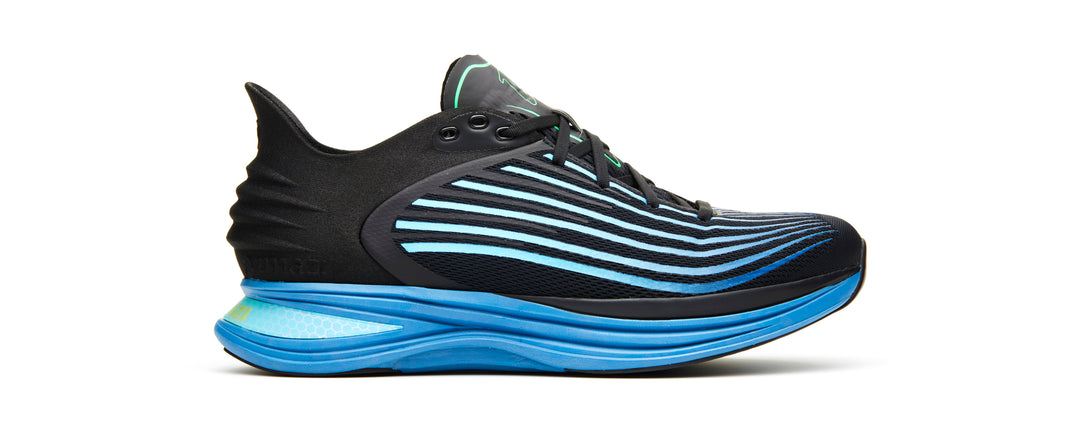
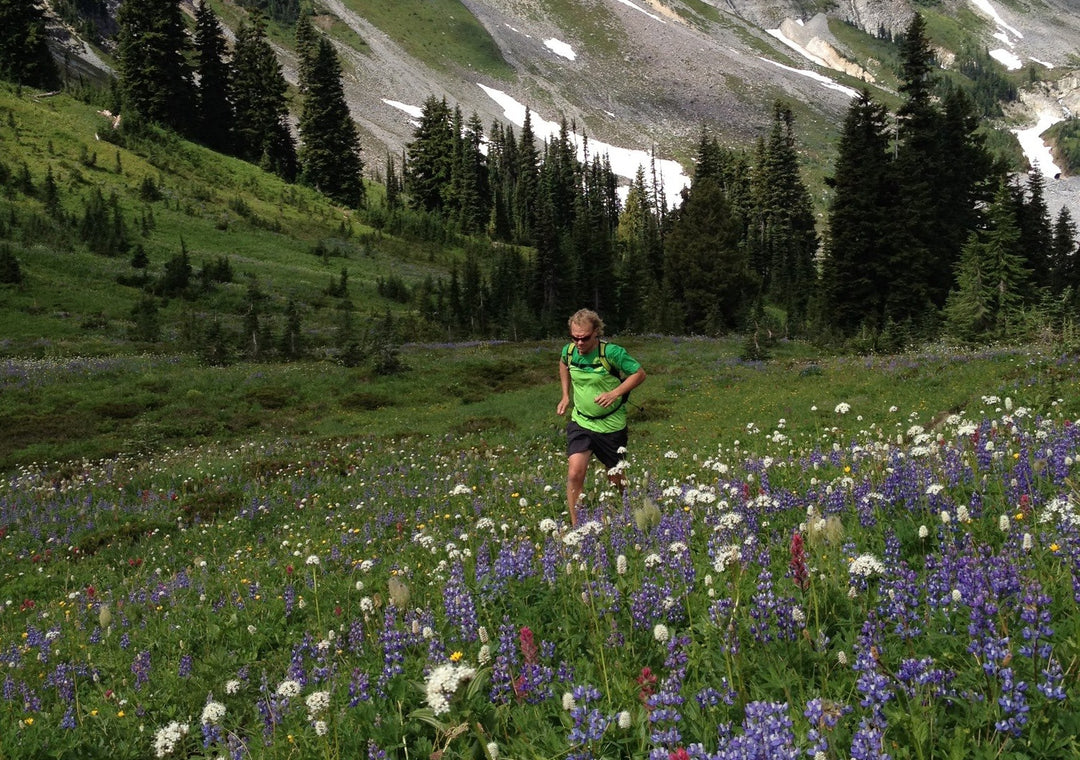
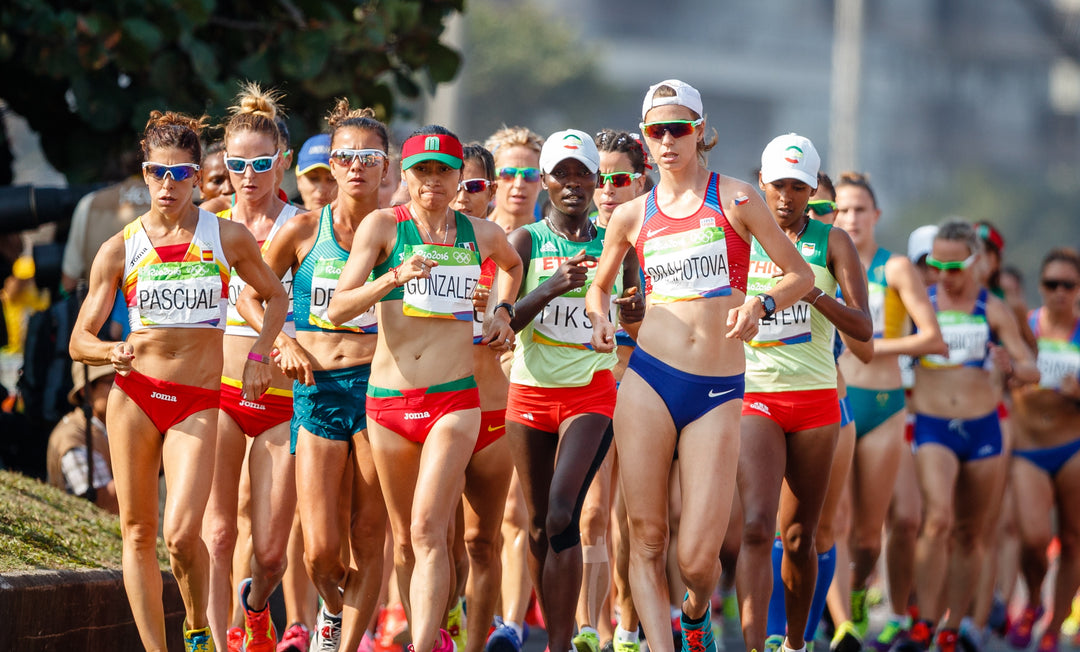
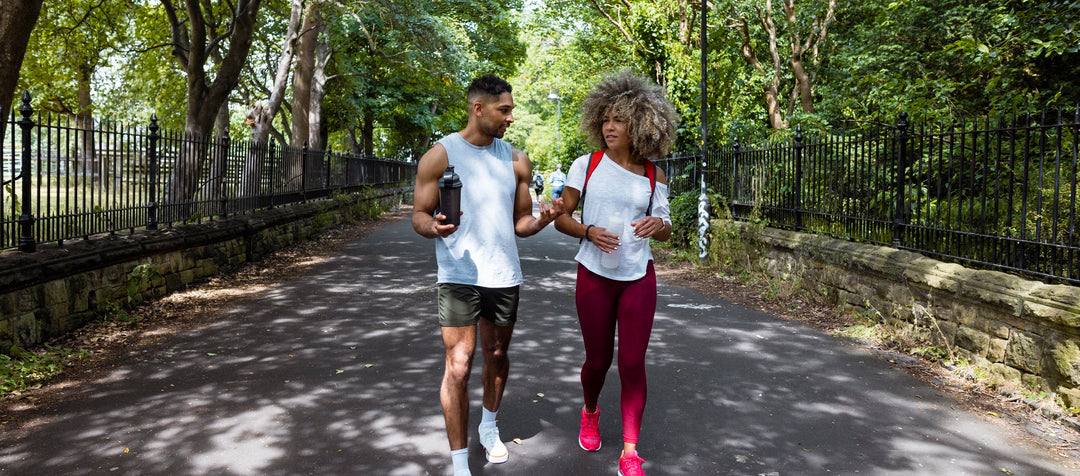
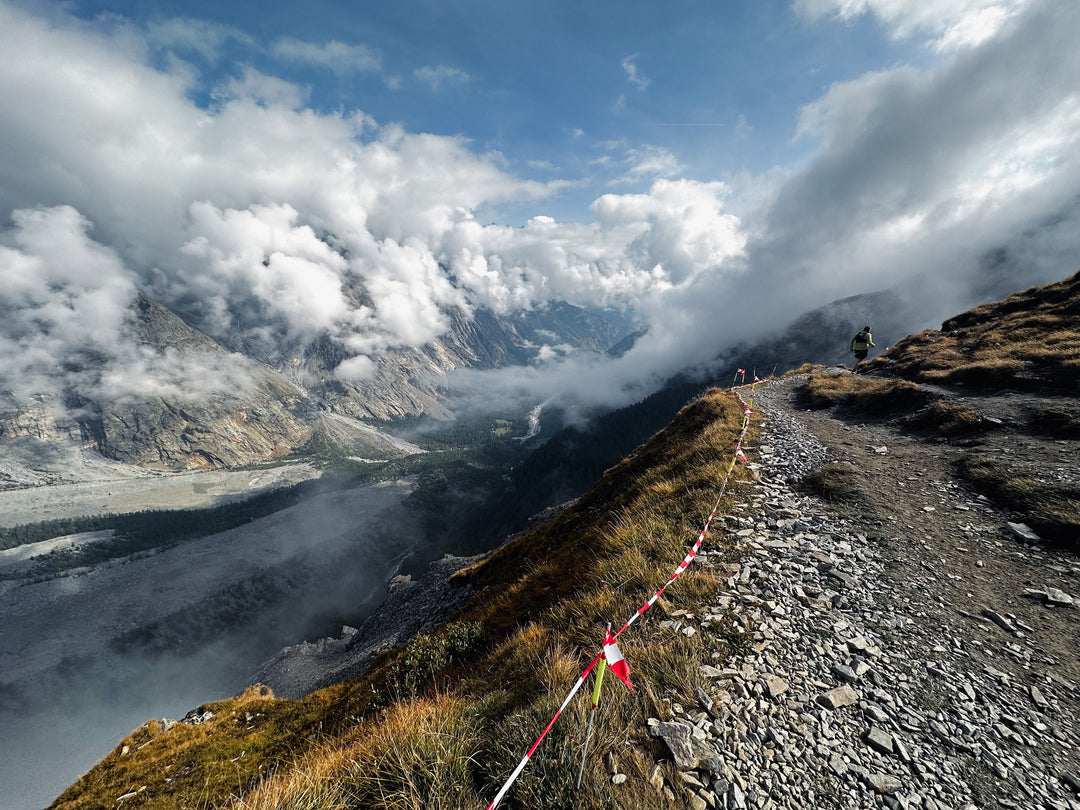

Leave a comment